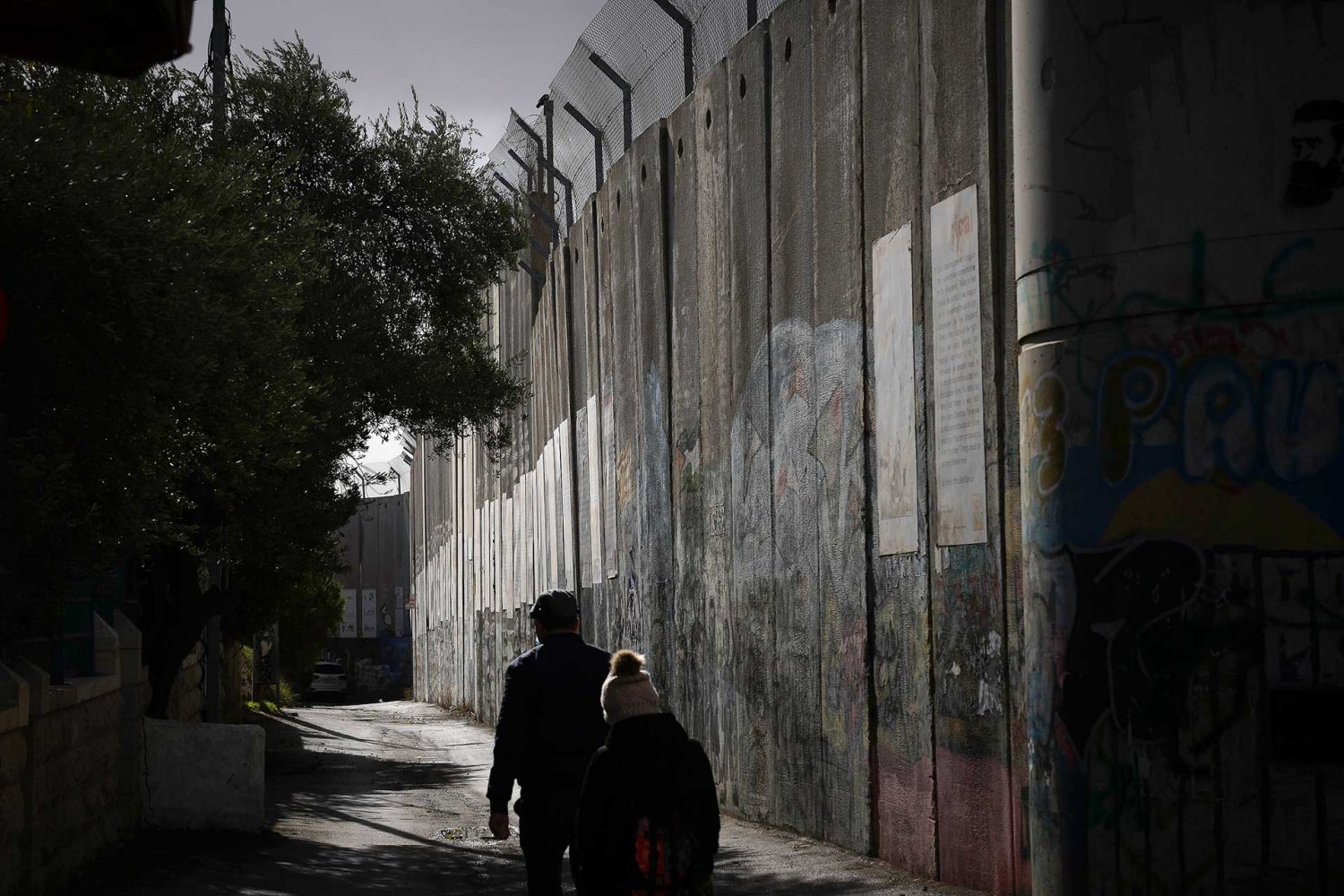Anyone walking in the streets of Jerusalem and in the alleys, roads, and neighborhoods of the empty Old City in the early morning and the afternoon hours will find it hard to believe that this besieged and dismembered city was once (and not long ago) an Arab metropolitan city. In fact, it was one of the most important Arab capitals—a city that never slept.
As the writer Nasser al-Din al-Nashashibi said, “Before 1948, it was the dream of every Arab journalist to come and work in one of Jaffa’s many and varied weekly and monthly newspapers and magazines. After the Nakba, it became the dream of every Arab journalist, writer, and even artist or businessman to come to Jerusalem, which was among the most modern Arab capitals, to gain experience, knowledge, audience, and money.”1
Sheikh Mazen Ahram, a former waqf official, once told me that the great Arab reciters including Sheikh Abdul Basit Muhammad Abdul Samad were racing to come to Jerusalem and read the Quran in al-Aqsa Mosque throughout the holy month of Ramadan. In fact, during one memorable Ramadan, more than 20 Quran reciters flocked to Jerusalem, he relayed.
For a time, Jerusalem lost its role as Palestine’s commercial and economic center after the 1948 War. That center had extended from Jaffa Gate south to Jurat al-‘Inab and west to Mamilla (Ma’man Allah) and north to the beginning of Jaffa Street. After the war, when the city was divided into a Jewish West and an Arab East under Jordanian rule, the Jordanian government found an alternative center, which began from the commercial neighborhood of Musrara, the heartbeat of Jerusalem, to Salah al-Din Street and ending at al-Zahra Street.


